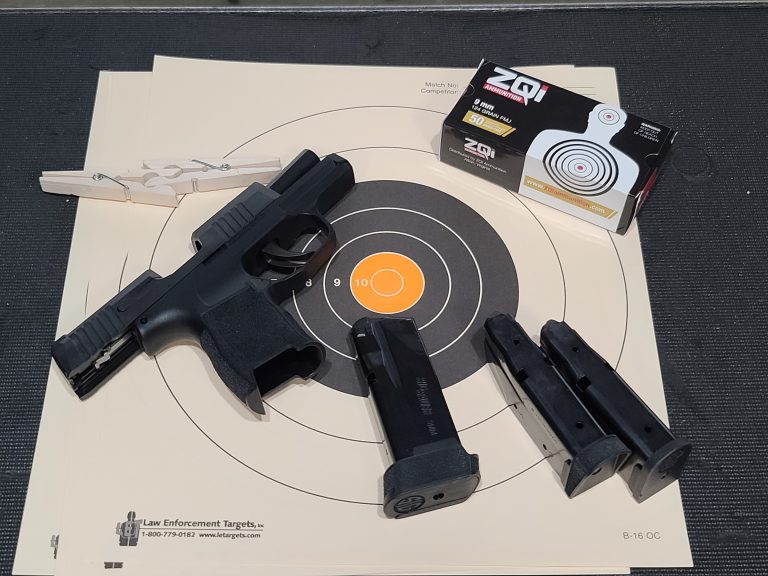Two things have happened over the past year and a half. Gun sales have hit record highs, and the murder rate has skyrocketed.
Murder is up 24 percent so far in 2021. Similarly, gun sales are up again this year even after 2020 set an all-time record. Some have noticed this short-term correlation and argued it constitutes causation. President Biden (D.) has even focused his response to the murder surge on pushing new gun-control policies and increased enforcement against licensed gun dealers.
But there’s little evidence the gun sales spike is what’s driving the increased violence. In fact, there’s evidence the exact opposite may be happening.
First, what we refer to as an increase in gun sales is actually an increase in gun-related background checks. By design, there’s no gun registry in the United States and no way to track every sale. Instead, we use the number of background checks as the best indicator of what sales are.
That means the surge in gun sales has been to people who can pass a background check. Those are people who don’t have a serious criminal record or people who have been involuntarily committed. They are, by nature, less likely to carry out crimes than the general public.
And ATF trace data indicates it often takes years or decades for a gun to be used in a crime after it’s sold. In 2019, the agency reported it took an average of 8.29 years passed between when a traced gun was sold at a store and when it was used in a crime.
Additionally, surveys of those who’ve committed gun crimes indicate they aren’t getting their guns through legal purchases from gun dealers. Instead, they rely on family, friends, and illegal street dealers for their guns. A 2016 study done by the University of Chicago found less than 1 percent of the criminals surveyed reported legally buying a gun from a store.
So, while it’s not impossible somebody without a criminal record may commit a crime after buying a gun, that happening en masse would go against a lot of what we know about how legal gun sales and gun crime work.
On top of all that, it’s more likely the spike in murders is driving the surge in gun sales than the other way around. The largest relative increase in gun sales in 2020 came after violent riots erupted in cities around the country. Last June saw unprecedented sales levels just as the violence was ramping up.
Still, gun sales have likely been driven by many factors beyond the rioting over the past year and a half. More study is needed on both propositions before anything definitive can be said with certainty, but, thus far, there’s more evidence the violence drove gun sales than gun sales drove the violence.
The increase in gun sales causing the increase in murder would go against the national trend of the past several decades, where the murder rate fell dramatically as gun sales throughout the country rose. Anyone saying the correlation between gun sales and violence proves one is definitively causing the other needs to provide far more evidence than what’s actually available today.







Only Members can view comments. Become a member today to join the conversation.